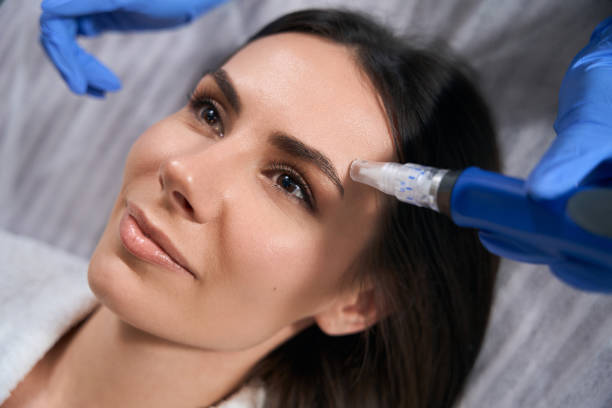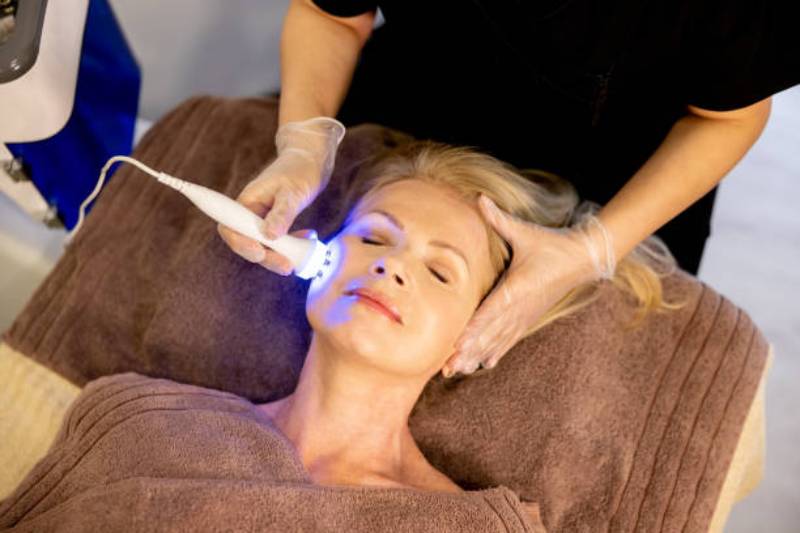The longevity of microneedling results can vary depending on various factors, such as the individual’s skin type, age, and the severity of the skin concerns being treated. Typically, patients can expect to see initial results after the first session of microneedling, with more significant improvements becoming apparent after a few weeks to a month.
Generally, the effects of microneedling can last for several months to a year, but this can vary depending on the individual. To maintain the benefits of microneedling, it is recommended to undergo periodic maintenance treatments every 4-6 weeks. Additionally, following a consistent skincare routine that includes regular use of sunscreen and quality skincare products can help prolong the effects of microneedling.

For individuals with mild skin concerns, a single session of microneedling may be sufficient to achieve the desired results. However, for more severe skin issues such as acne scars or deep wrinkles, multiple sessions may be required, spaced 4-6 weeks apart.
It is important to consult with a skincare professional to determine the appropriate frequency of microneedling treatments based on individual skin concerns and goals. Over-treatment can damage the skin and hinder the benefits of microneedling, so it is essential to follow a personalized treatment plan recommended by a professional.
Microneedling creates tiny microchannels in the skin, which triggers the body’s natural healing response and promotes the production of collagen and elastin. As new collagen is produced, the skin becomes firmer, smoother, and more youthful-looking.
In addition to collagen production, microneedling can also improve the appearance of acne scars, hyperpigmentation, and sun damage, further enhancing the skin’s overall youthfulness.
It is important to note that while microneedling can provide significant improvements in skin texture and tone, it is not a substitute for good skincare practices such as using sunscreen and quality skincare products. A comprehensive skincare routine, including regular microneedling sessions, can help to maintain a youthful and healthy-looking complexion.
- Skin irritation and redness: Following a microneedling session, it is common for the skin to be red and mildly swollen. This typically resolves within a few days, but some individuals may experience prolonged redness or irritation.
- Infection: Microneedling creates tiny punctures in the skin, which can increase the risk of infection if proper precautions are not taken. It is important to ensure that the needles and equipment used during the procedure are properly sterilized.
- Post-inflammatory hyperpigmentation: In some cases, microneedling can cause dark spots to develop on the skin, particularly in individuals with darker skin tones. This is known as post-inflammatory hyperpigmentation and can take several weeks or months to fade.
- Allergic reactions: Some individuals may experience an allergic reaction to the numbing cream or other products used during the procedure. It is important to discuss any allergies or sensitivities with your skincare professional before undergoing microneedling.
- Not suitable for certain skin conditions: Microneedling is not recommended for individuals with active acne, eczema, rosacea, or other skin conditions that may be exacerbated by the procedure.
It is important to discuss the potential risks and benefits of microneedling with a skincare professional before undergoing the procedure to determine if it is the right treatment option for you.

